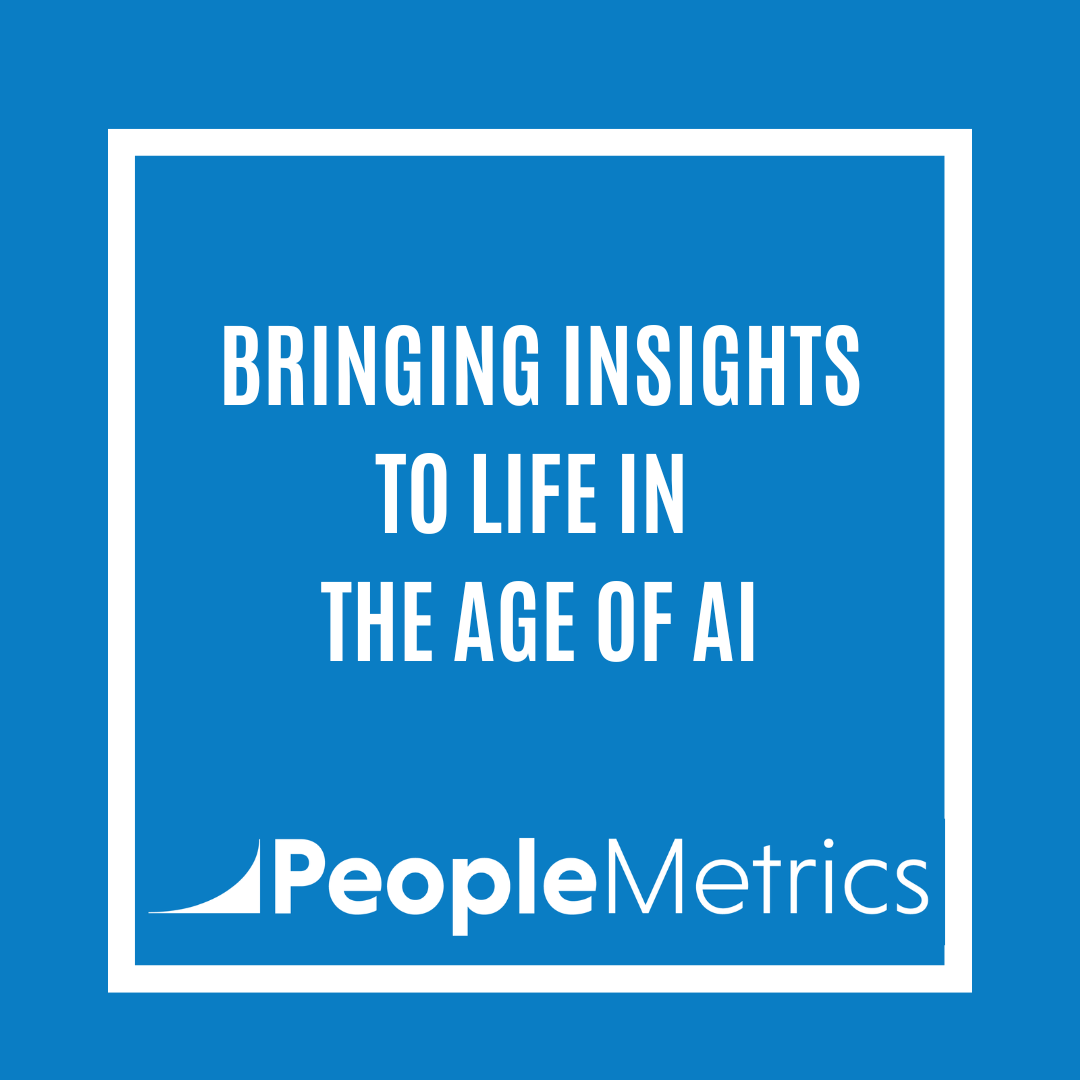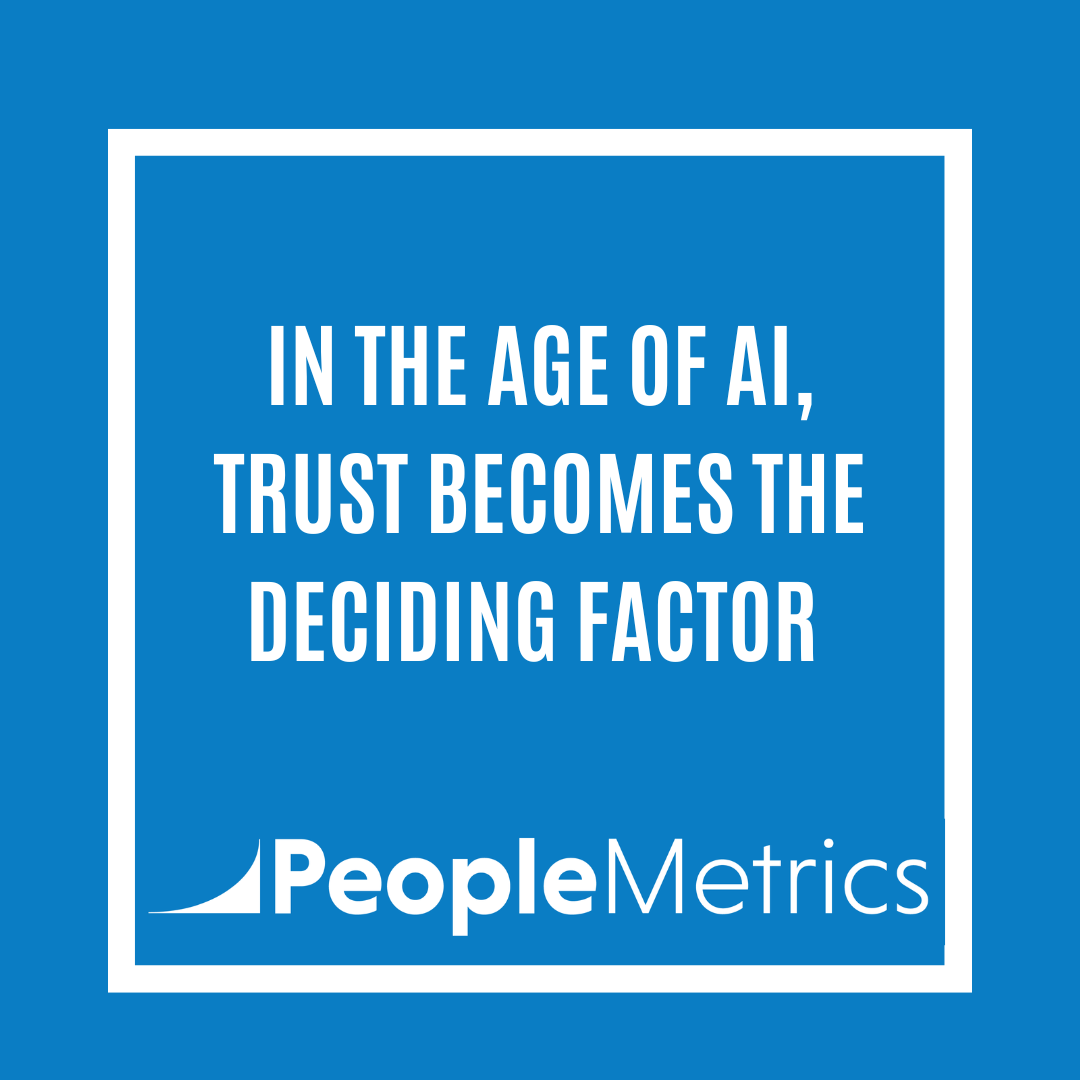In Listen or Die, I wrote about a common misconception: that CX measurement (or Voice of the Customer, VoC) is the same as market research (MR).
It’s not! Both are critical, but they serve different purposes.
Market research is about using customer feedback to answer strategic business questions. It’s anonymous, often based on small, statistically relevant samples, and designed to provide aggregated insights into broad topics, like product preferences or advertising effectiveness. Market research is usually finite—a project with a clear beginning and end to each project.
CX measurement, or VoC, is about real-time, continuous listening and acting on customer feedback from identified customers. It is usually NOT anonymous. It’s transactional, happening during or right after an experience, and its purpose is to fix issues and improve customer experience in the moment. CX measurement is ongoing, creating a feedback loop that drives daily improvements.
---
How AI is Transforming CX Measurement
In today’s blog post, I am focusing on how AI has amplified the impact of CX measurement in ways we couldn’t have imagined a few years ago. Here’s a few examples:
1. Real-Time Listening Across Multiple Channels
Before AI, VoC programs relied heavily on transactional surveys. While still effective, these surveys provide only a slice of customer feedback. AI now enables companies to gather and analyze feedback from a variety of channels, including social media, chat logs, emails, and even voice interactions.
Example: A global hotel chain uses AI to monitor feedback from surveys and online reviews simultaneously. When AI identifies a trend of complaints about slow check-in times, the hotel addresses the issue immediately by reallocating staff and automating parts of the process. This wouldn’t have been possible without AI’s ability to process feedback across disparate sources in real time.
2. Sentiment Analysis and Emotion Detection
AI doesn’t just collect feedback—it understands the emotion behind customer comments. Sentiment analysis allows companies to gauge customer emotions, whether the feedback is positive, neutral, or negative.
Example: A retail brand monitors social media mentions using AI. When sentiment analysis reveals a surge in frustration around delivery delays, the brand proactively emails affected customers with updates and compensation offers. This can prevent churn and reduces negative word of mouth.
3. Predictive Capabilities
AI’s ability to identify patterns in feedback allows companies to anticipate issues before they escalate. This isn’t just reacting—it’s being proactive.
Example: An e-commerce platform notices that customers frequently mention dissatisfaction with packaging on certain high-value products. AI predicts that without intervention, negative reviews will spike. The company acts by redesigning the packaging and communicating the change to customers, turning potential criticism into positive sentiment.
---
Where AI Has Not Changed CX Measurement
While AI has expanded what’s possible in CX measurement, there are still areas where human expertise and effort are irreplaceable:
- Building Relationships: AI can flag a dissatisfied customer and even suggest a resolution, but it can’t repair trust or rebuild loyalty. That’s where human empathy comes in, especially in high-touch environments like B2B.
- Asking the Right Questions: AI excels at processing data, but it doesn’t define the strategy behind a CX measurement program. Humans still need to determine what questions to ask, and which touchpoints matter most.
- Closing the Loop: AI can assist with feedback collection and prioritization, but following up with a customer after a poor experience still requires human involvement—whether it’s a personalized email, a phone call, or an in-person conversation.
---
The Bottom Line
AI has revolutionized CX measurement, making it faster, smarter, and more scalable.
It’s allowed companies to listen across more channels, act in real time, and even anticipate customer needs.
But the principles of VoC haven’t changed: CX measurement is about creating a culture of listening and acting.
Humans are vital to interpreting the suggestions from AI and delivering a better customer experience.





